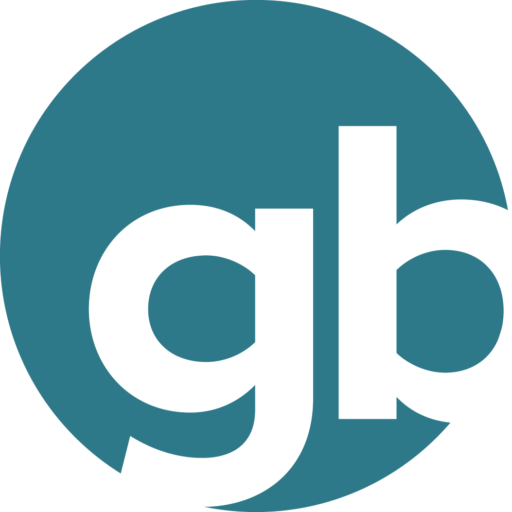It has become commonplace for large mining companies nowadays to let the juniors do much of the exploration they once would have done themselves before either bidding for them or taking a major slice of their projects.
Toronto-quoted and Congo-focused Katanga Mining, which recently merged with AIM-quoted Nikanor to create an African copper and cobalt group valued at the equivalent of £1.4 million, is poised to raise hefty sums by floating on the London Stock Exchange. Observers say several large mining groups are taking a keen interest in the enlarged company and do not expect it to remain an independent quoted entity for long.
Central African Mining & Exploration Company (CAMEC), headed by controversial entrepreneur Phil Edmonds and an unsuccessful former suitor of Katanga, has agreed a joint venture with the family of Israeli diamond trader Dan Gertler to develop Congo prospects, notably the Mukondo Mountain and Luita copper and cobalt deposits.
The agreement would give the Gertlers’ Prairie International vehicle 39.9 per cent of CAMEC, which is raising £43 million on the strength of it, conditional upon the approval of the joint venture by the Congolese authorities.
Mining mammoths
Among the big league players, deals on the table or being mooted to create huge new multi-billion mining giants have already held stock markets in rapt fascination for months and provoked protests about the creation of pre-war-style mineral cartels.
BHP Billiton’s £70 billion-plus struggle for diversified iron ore, aluminium, copper and uranium producer Rio Tinto has prompted
The £34 billion Anglo-Swiss Xstrata combine has seen off the acquisitive ambitions of Brazilian mining giant Vale, but no-one rules out the possibility of a deal with another group at some stage. Speculation returns to £6 billion Chile-focused copper miner Antofagasta and its controlling Luksic family, while late last year Canadian group Yamana Gold moved to the Official List of the London Stock Exchange after clinching the £1.8 billion acquisition of Meridian Gold.
Small-cap activity
There have been some stirrings among the smaller groups. Last year, AIM-quoted Mwana Africa bought control of SouthernEra Diamonds for £31 million, having already snapped up Gravity Diamonds.
Late in 2007, Severstal, the vehicle of Russian steel magnate Alexei Mordashov, acquired
Attractive targets
Several companies are now facing the challenge of financing projects that they claim would justify much higher stock market ratings than they presently enjoy, thus making them potentially attractive targets for investors. If platinum continues to command historically high prices for reasons more fundamental than production delays caused by South African electricity shortages, nickel and platinum group metals player Ridge Mining could be in this quandary.
Ridge awaits an imminent feasibility study on its
Ridge argues that the expected costs of $558 (£279) an ounce imply £60 million annual cash flow, pay back in less than two years and a net present value of £340 million, against its current value on AIM of £108 million. This is before counting in the much larger
Ridge began its AIM life as Cluff Mining and is still barely half its original float price. After early setbacks, changes of direction and other problems, the company still needs a South African Black Economic Empowerment partner for
Value dilemmas
Ridge Mining is one of several companies that have decided to list additionally in
Chief executive officer Jim Williams suggests assay results this summer could show as much as 230 million oz of silver equivalent, with low open-pit production costs of $12.5 a tonne. With silver at around $20 an ounce, that would be impressive for a company valued at about £20 million, but for now Arian must content itself with a modest imminent share placing to keep the show on the road and finance planned acquisitions with the proceeds and borrowing.
A similar dilemma presents itself to Andrew Wollett, head of zinc mining and tailings treatment concern ZincOx, who nine years ago had to agree to sell his previous company, Reunion Mining, at a key stage in its financing cycle at a less than optimal price. Now, he has raised £61 million to fund the AIM-quoted company’s majority-owned Jabali mine in
Another company looking ahead to production, from Meekatharra in Western Australia, is Down Under AIM counter Mercator Gold, which hopes to mine 200,000 oz of gold in 20 months from its Surprise pit. It is also targeting 120,000 oz a year from Paddy’s Flat as from September 2009, rising to 150,000 oz annually.
The company claims a gold resource of 2.4 million oz at fairly low grades. With cash costs at around $500 an ounce against a $920 gold price, Mercator hopes a listing on the Aussie exchange shortly will ease funding.
Yorkshire-based Angus & Ross says it has received ‘an encouraging response’ from potential suppliers of the £25 million needed to reopen Greenland’s Black Angel zinc, lead and silver mine and start production this year. Chairman Robin Andrews says Black Angel could be capable of producing 230,000 tonnes of high-grade ore annually for four years, generating earnings of £48 million over that period.






